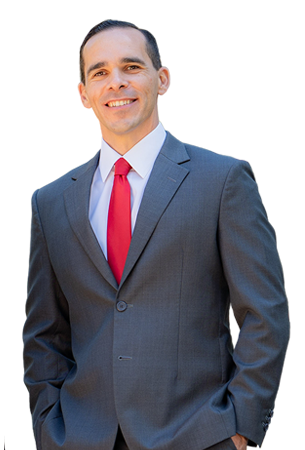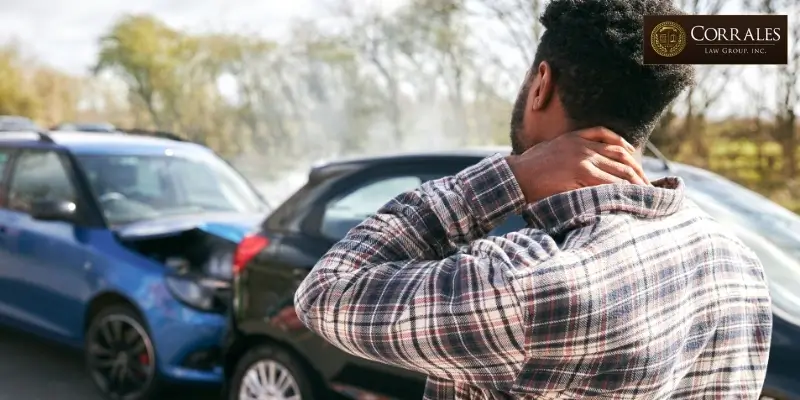|
|
Last Modified on Dec 11, 2024
Accidents that occur while backing up can create confusion about who is at fault, especially in busy areas like parking lots or residential streets. In California, drivers are responsible for ensuring it is safe to back up before proceeding. However, when an accident occurs, the question arises: Who is at fault in a car accident when backing up in California?
The answer depends on factors such as visibility, the speed at which the vehicles were moving, and whether either driver failed to yield. Understanding the rules and responsibilities surrounding backing up can help clarify who holds liability in these situations.
Understanding General Negligence Principles Under California Law
In California, negligence is the legal principle that holds individuals responsible for harm caused by their failure to act with reasonable care. Under California Civil Code Section 1714, everyone has a duty to act responsibly to avoid causing injury to others.
When it comes to car accidents, including those that occur while backing up, negligence can play a significant role in determining fault. If a driver does not take proper precautions, such as checking their surroundings before backing up, they may be found negligent and held liable for damages.
This principle applies to all drivers, whether they are on highways or in parking lots, and the level of negligence can vary depending on the situation. The law focuses on whether a reasonable person would have acted differently under the same circumstances. If a driver’s actions fail to meet this standard, they may be held accountable for the accident.
Establishing Fault Following an Accident Caused by Someone Backing Up
In California, determining fault in accidents caused by backing up involves assessing who failed to take reasonable precautions to avoid a collision. Generally, the driver who is backing up has the responsibility to ensure their path is clear of obstacles, other vehicles, and pedestrians. Failure to do so can result in that driver being deemed at fault. This is especially true in situations where the accident could have been prevented with proper care and attention.
One example would be a driver backing out of a parking space without checking their rearview mirror or surroundings and colliding with another vehicle passing behind them. In this case, the driver backing up is most likely at fault for failing to ensure the area was clear before reversing.
Another example involving a parking lot would be if one vehicle is backing up, and the other vehicle is speeding through the lot. The backing driver stops immediately after seeing the other car coming, but a collision still occurs. Both drivers may share some degree of fault due to the reckless speed of the second vehicle, but the backing driver is still primarily responsible for checking before moving.
While these examples may seem straightforward, the law in California also applies the Vehicle Code Section 22106, which covers backing up on highways. On a highway, both drivers must ensure they can perform any maneuver safely, including backing up. The driver who is backing up on a highway has an increased responsibility to check for hazards before making a move.
FAQs
Who Is at Fault in a Backing Up Accident in a Parking Lot in California?
In California, fault in a parking lot accident when backing up depends on the circumstances. Generally, the driver who is backing up is responsible for ensuring they do not hit other vehicles or pedestrians. However, if another driver fails to yield or is speeding through the lot, they may share or take full responsibility. Each case is unique and will be evaluated based on the evidence, such as witness testimony and surveillance footage.
Who Has the Right of Way When Backing Up?
In California, when a driver is backing up, they must yield to any pedestrians, other vehicles, or obstacles in their path. The driver who is reversing has a duty to ensure it is safe to proceed, and they must not cause a collision. Essentially, the driver who is backing up is always expected to yield to others, even if they are in a parking lot or on private property, where visibility may be limited.
What Is the Backing Up Law in California?
California law requires drivers to operate their vehicles safely when backing up. California Vehicle Code Section 22106 specifically applies to backing up on highways. It mandates that drivers must not back a vehicle on a highway unless they can do so safely without creating a hazard or causing damage. This law ensures that drivers take the necessary precautions before reversing in traffic, as backing up on highways can be especially dangerous.
Are You Always at Fault When Reversing?
No, you are not always at fault when reversing in California, but the driver backing up generally has a higher duty to avoid accidents. If the driver reversing does so safely and follows proper procedures, but another vehicle or pedestrian causes a collision, they may not be held liable. The situation will depend on the specifics of the accident, such as whether the other party was also negligent or contributed to the incident.
What Are the Penalties for Backing Up Improperly in California?
In California, improperly backing up can lead to penalties, including fines and citations. If you fail to yield or cause an accident while backing up, you could be cited for reckless or unsafe driving. If your actions result in a collision, you may be held liable for damages and injury costs. Repeated violations or accidents could also impact your driving record and insurance rates. Always ensure you’re backing up with caution and awareness to avoid penalties.
Schedule Your Car Collision Consultation Today
If you’ve been involved in a car collision, it is crucial to take immediate action to protect your rights. At Corrales Law Group, our experienced legal team is dedicated to guiding you through the complex process of filing claims, addressing liability issues, and securing compensation for medical bills or damages. We understand the stress and confusion that comes with a car accident, and we’re here to support you every step of the way.
Contact our office today to schedule a consultation and discuss your case. We can assess the details, explore your legal options, and work tirelessly to ensure you receive the compensation you deserve. Don’t face the aftermath of an accident alone. Trust Corrales Law Group to provide the strong legal representation you need.




